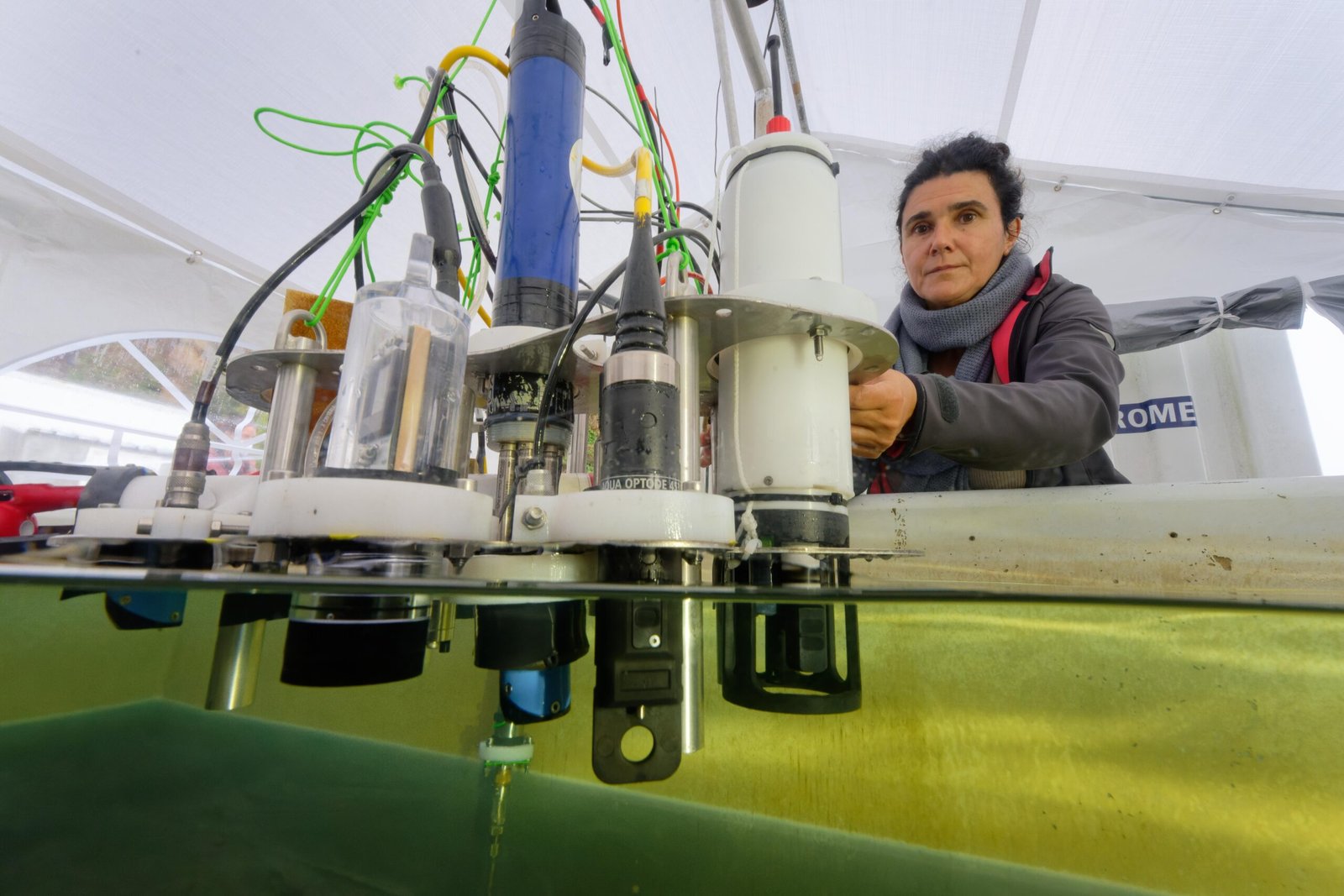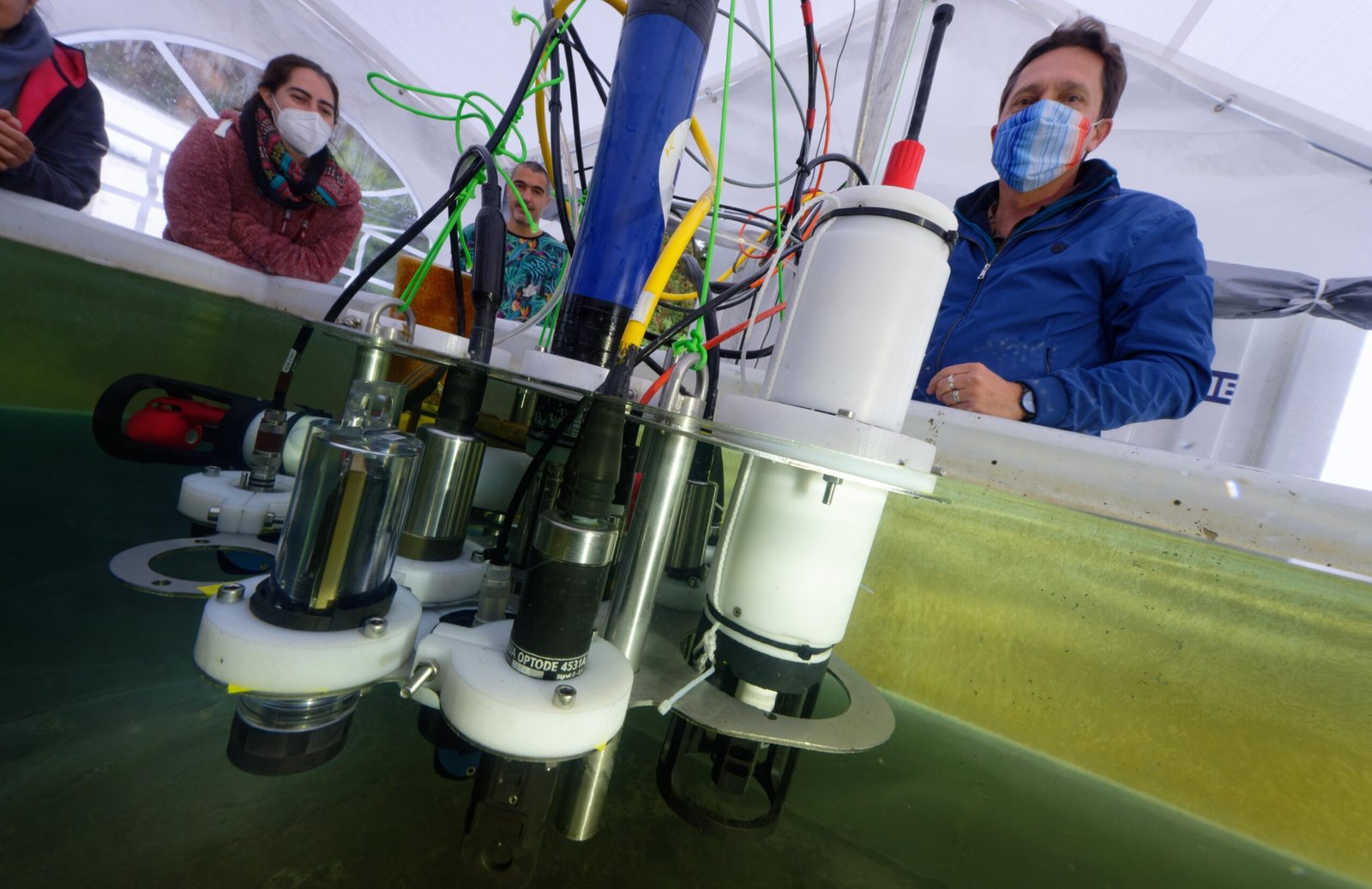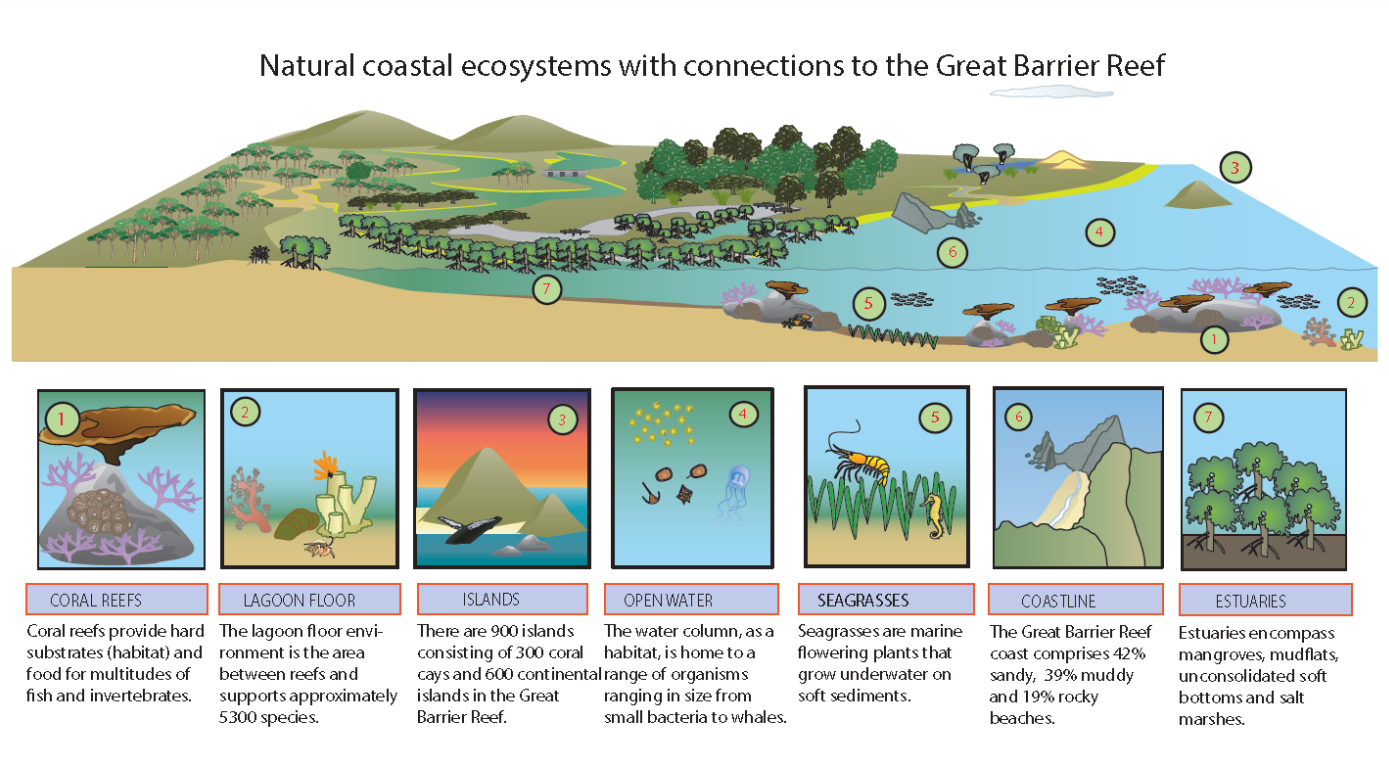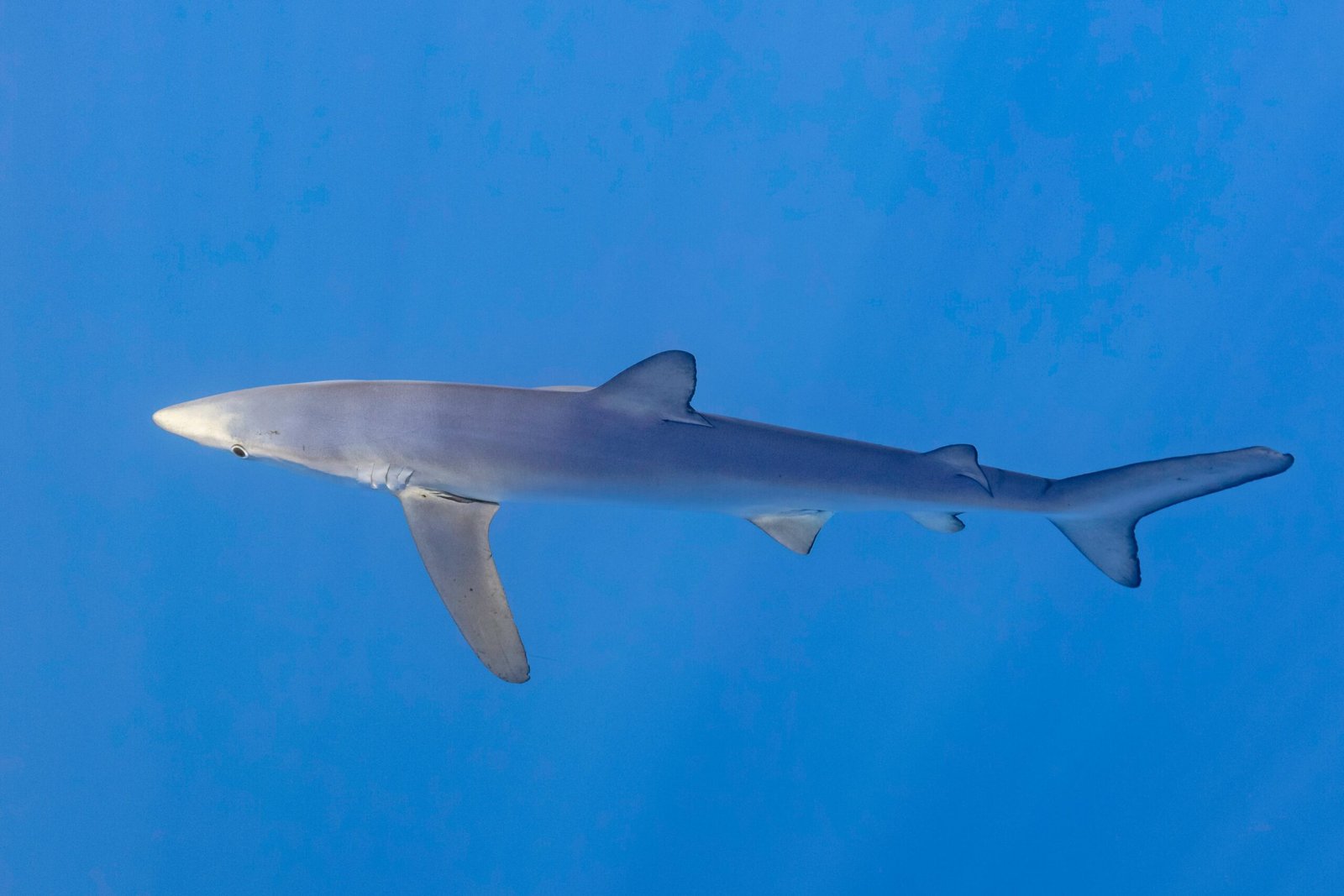Imagine a place deep in the ocean where oxygen is so scarce that most life forms would struggle to survive. Yet, in these seemingly inhospitable areas, known as Oxygen Minimum Zones (OMZs), life not only exists but thrives in a fascinating array of adaptations. This paradoxical world beneath the waves is a testament to nature’s resilience and ingenuity. But what exactly are these zones, and how do the creatures there manage such a delicate balance? Let’s dive into this mysterious realm, uncovering the secrets of survival and adaptation that make life in OMZs so extraordinary.
Understanding Oxygen Minimum Zones
Oxygen Minimum Zones are regions in the ocean where oxygen levels are significantly lower than the surrounding waters. They typically occur at depths between 200 and 1,000 meters and are often found along the continental margins. These zones are created due to a combination of factors, such as water circulation patterns, organic matter decomposition, and limited mixing with oxygen-rich surface waters. The result is a stark contrast to the vibrant, oxygen-abundant environments most marine life is accustomed to. Yet, within these zones, life has found a way to persist, revealing the remarkable adaptability of nature.
The Science Behind Oxygen Depletion

The depletion of oxygen in these zones is primarily driven by the decomposition of organic matter. As phytoplankton and other organisms die, they sink to the ocean floor, where bacteria break them down. This process consumes oxygen, creating a deficit in the surrounding water. Additionally, ocean currents can trap these low-oxygen waters, preventing them from mixing with more oxygenated layers. This combination of biological and physical factors creates a unique environment where only the most adaptable creatures can survive. Understanding this process is key to appreciating the delicate balance of life within OMZs.
Creatures of the Deep: Life in OMZs

Despite the challenging conditions, a surprising variety of life thrives in Oxygen Minimum Zones. Many species have developed specialized adaptations to cope with the low oxygen levels. For instance, some fish have enlarged gills to extract more oxygen from the water, while others have slow metabolisms to conserve energy. Invertebrates like the vampire squid have developed unique hemocyanin-based blood, which transports oxygen more efficiently than the hemoglobin found in most other animals. These adaptations showcase the incredible diversity of life that has evolved to conquer the challenges of OMZs.
The Role of Microorganisms
Microorganisms play a crucial role in the ecosystems of OMZs. Bacteria and archaea are particularly well-suited to these environments, often utilizing alternative metabolic pathways that don’t rely on oxygen. Some species use nitrates or sulfates as electron acceptors, allowing them to thrive in the oxygen-poor waters. These microorganisms form the foundation of the food web in OMZs, supporting a variety of life forms that have adapted to exploit their unique ecological niche. Their presence highlights the interconnectedness of life and the importance of even the smallest organisms in maintaining the balance of these ecosystems.
Adaptations of Fish in OMZs
Fish living in Oxygen Minimum Zones have evolved a range of fascinating adaptations to survive. Many possess specialized gill structures that maximize oxygen uptake, allowing them to extract the scant oxygen available in their environment. Others have developed low-energy lifestyles, reducing their activity levels to conserve oxygen. Some species, like the lanternfish, have bioluminescent organs that may help them navigate the dark, oxygen-poor depths. These adaptations demonstrate the incredible resilience of life and the lengths to which organisms will go to thrive in challenging conditions.
The Role of OMZs in Global Climate

Oxygen Minimum Zones play a significant role in the Earth’s climate system. They are involved in the global carbon and nitrogen cycles, as the decomposition of organic matter in these zones contributes to the release of greenhouse gases like carbon dioxide and nitrous oxide. Additionally, the presence of OMZs can influence ocean circulation patterns, affecting the distribution of nutrients and heat throughout the oceans. Understanding the dynamics of OMZs is crucial for predicting how changes in the Earth’s climate may impact marine ecosystems and the planet as a whole.
Human Impact on Oxygen Minimum Zones

Human activities are having a profound impact on Oxygen Minimum Zones. Climate change and nutrient pollution from agriculture and industry are contributing to the expansion of these zones, as warmer temperatures and increased nutrient inputs promote the growth of phytoplankton and subsequent oxygen depletion. This expansion poses a threat to marine life, as many species may struggle to adapt to the changing conditions. Addressing the human impact on OMZs is essential for preserving the delicate balance of life in these unique ecosystems and ensuring the health of our oceans.
Conservation Efforts and Challenges

Conserving the ecosystems within Oxygen Minimum Zones presents a unique set of challenges. Efforts to reduce nutrient pollution and mitigate climate change are critical for preventing the further expansion of these zones. Additionally, protecting the biodiversity within OMZs requires a nuanced understanding of the complex interactions between species and their environment. Conservationists must work to balance the needs of marine life with the demands of human activities, ensuring that these fragile ecosystems are preserved for future generations. The challenge lies in finding sustainable solutions that benefit both the environment and human society.
The Future of OMZs and Marine Life

The future of Oxygen Minimum Zones is uncertain, as the impacts of climate change and human activities continue to shape the ocean’s ecosystems. However, the resilience and adaptability of life in these zones offer hope. By studying the unique adaptations of organisms in OMZs, scientists can gain valuable insights into the potential for life to thrive in extreme environments. This knowledge may inform efforts to protect and preserve marine biodiversity in the face of a changing climate, ensuring that the wonders of the ocean continue to inspire and captivate us for generations to come.
Final Thoughts: The Resilience of Life

The story of life in Oxygen Minimum Zones is one of resilience, adaptation, and the incredible capacity of nature to thrive in even the most challenging conditions. These unique ecosystems serve as a reminder of the interconnectedness of life and the importance of preserving the delicate balance of our planet’s oceans. As we continue to explore and understand the mysteries of the deep, we are reminded of the need to protect and cherish the natural world. What can we learn from the resilience of life in OMZs, and how can we apply these lessons to ensure a sustainable future for our oceans and the planet?



